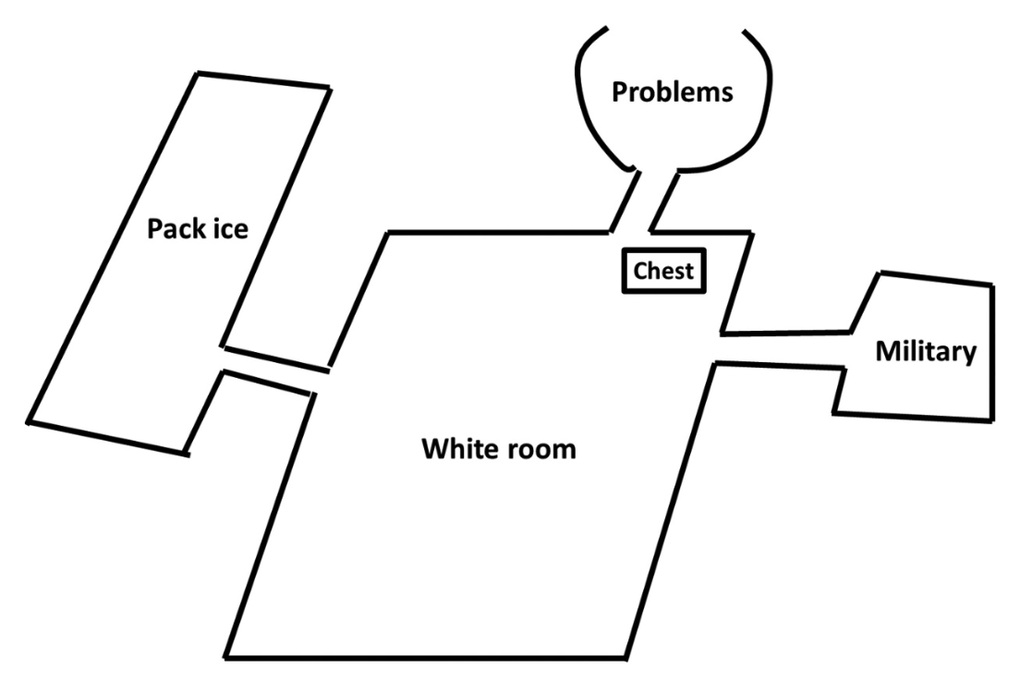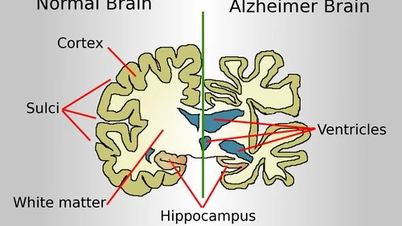
Some people have extraordinary memories, allowing them to "time travel" through their memories (Illustration: Getty).
For most of us, our brains take in countless images and events every day, and then quickly discard most of them. But for a few, memories stick like a spider web, hard to shake off.
A newly published study has documented such a special case: an anonymous girl, nicknamed TL, possesses the ability to remember a huge amount of events in her life. Globally, there are currently fewer than 100 people identified with “hypermeability” or superior autobiographical memory (HSAM).
The syndrome was first described in 2006. The TL case became the first comprehensive study to explain how people with HSAM recall personal memories from the past and even “imagine” future events.
The ability to “time travel” through memories allows TL to relive what has happened, and to envision what is to come.

“In individuals with exceptional memory, memories are carefully organized by date,” said Valentina La Corte, a neuroscientist at Paris Cité University, lead author of the study. “They can describe in detail what they did on a specific day, such as July 6, 2002, along with the emotions and feelings of that day.”
Since childhood, TL has been able to recall memories vividly, from many angles, as if she were present at the scene. At the age of 8, she revealed this ability to her friends, but was accused of making it up. It was not until she was 16 that TL dared to tell her family. A year later, she decided to go public with the story.
In the tests, TL was asked to recall a variety of events from different periods of her life. The results showed that she performed above average, consistent with the diagnosis of HSAM: not only remembering details of the context and situation, but also reproducing the feelings experienced.
In particular, TL also “traveled” to the future. The predictions in her mind gave her a strong feeling that the event had not happened as if it had happened.
She categorizes memories into “black memories” – dry, emotionless information that is difficult to store; and emotional personal memories – arranged in a giant “white room”, like a mental library storing each toy, photo, and book with a detailed description card.
TL’s memories are stored chronologically: details are clear for recent events, but fade with older memories, only remembered over the years. Negative experiences are also imprinted in separate “white rooms” that can be opened at any time, such as the unpleasant feeling of seeing a soldier after his father left the family to join the army.
Research has not addressed the difficult side of this ability, but other HSAM people describe the experience as “a constant, relentless, uncontrollable stream of flashbacks.”
From the case of TL, the group of authors raised a series of questions: does age affect extraordinary memory, does the ability to travel in time in the mind decrease over the years, and can people with HSAM learn to control this overwhelming flow of memories?
To date, the mystery of how the human brain encodes, stores, and discards memories remains largely unsolved.
Source: https://dantri.com.vn/khoa-hoc/truong-hop-dang-kinh-ngac-cua-co-gai-tre-co-kha-nang-du-hanh-thoi-gian-20250912031236136.htm




![[Photo] Prime Minister Pham Minh Chinh chairs the Government's online conference with localities](https://vphoto.vietnam.vn/thumb/1200x675/vietnam/resource/IMAGE/2025/10/5/264793cfb4404c63a701d235ff43e1bd)


![[Photo] Prime Minister Pham Minh Chinh launched a peak emulation campaign to achieve achievements in celebration of the 14th National Party Congress](https://vphoto.vietnam.vn/thumb/1200x675/vietnam/resource/IMAGE/2025/10/5/8869ec5cdbc740f58fbf2ae73f065076)



















































![[VIDEO] Summary of Petrovietnam's 50th Anniversary Ceremony](https://vphoto.vietnam.vn/thumb/402x226/vietnam/resource/IMAGE/2025/10/4/abe133bdb8114793a16d4fe3e5bd0f12)

![[VIDEO] GENERAL SECRETARY TO LAM AWARDS PETROVIETNAM 8 GOLDEN WORDS: "PIONEER - EXCELLENT - SUSTAINABLE - GLOBAL"](https://vphoto.vietnam.vn/thumb/402x226/vietnam/resource/IMAGE/2025/7/23/c2fdb48863e846cfa9fb8e6ea9cf44e7)


































Comment (0)